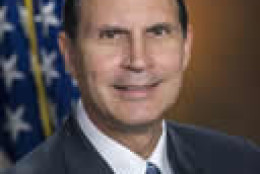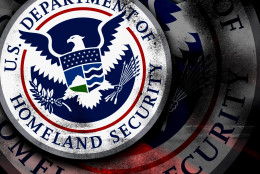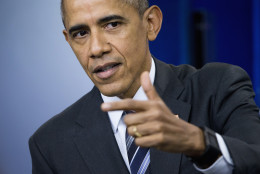Legacy systems
-
President Donald Trump’s budget request sent to Congress May 23 calls for an increase of $1.6 billion for federal technology programs and projects.
May 24, 2017 -
Multiple sources say Chris Liddell, the assistant to the president for strategic initiatives, and Matt Lira, the special assistant to the president for innovation policy and initiatives, brought in CIOs one after another to get a handle on priorities, challenges and opportunities in each agency and governmentwide.
April 10, 2017 -
The Justice Department, like a few others, has one or two really big agencies and a lot of small ones. So a big challenge for DoJ Chief Information Officer Joseph Klimavicz is keeping everyone happy and well-equipped while balancing the priorities. Klimavicz describes on Federal Drive with Tom Temin how he is aiming to bring agility into the way his organization delivers IT services.
February 01, 2017 -
The Treasury Department's Bureau of Fiscal Service merged five legacy IT systems together to develop a new, modern post-payment application. With data consolidated in one place, the Fiscal Service helped the department's inspector general uncover $20-30 million in improper payments.
October 25, 2016 -
The 8½ inch floppy disk held up at the recent House Oversight and Government Reform Committee hearing was good theater, but it doesn’t tell the entire story of the state of old technology in the government.
May 31, 2016 -
Both agencies are using different portfolio management approaches to better oversee and control spending on commodity technology.
May 09, 2016 -
As OMB presses agencies to spend more money on new or modernized systems, some federal CIOs and other IT executives say modernizing the definition of legacy systems is an important starting point.
February 15, 2016 -
President Barack Obama plans to ask Congress for $19 billion for federal cybersecurity efforts in fiscal 2017. The White House wants to use some of the money to create a $3.1 billion IT modernization fund and provide more education to federal employees as part of a new cyber national action plan.
February 09, 2016 -
Ray Coleman, the chief information officer of the Natural Resources Conservation Service in the Agriculture Department, and James Porter, an IT portfolio manager for Immigration and Customs Enforcement at DHS, say their agencies have a better understanding of where new IT efforts exist.
January 22, 2016 -
Tony Scott, the federal chief information officer, said agencies lost their sense of urgency around securing data and networks, and in how they invest in new applications.
September 04, 2015










